Come to Common Grounds Coffeehouse on Wednesday, July 16th at 7:30 p.m. for the eighth installment of the Penduline Reading Series. The evening will feature bold new work by Portland writers Laura Green, Meg Weber, Bonnie Ditlevsen, Suze Pierce, Jessica Standifird, Sally Lehman, and Jessica Starr. Common Grounds (4321 SE Hawthorne Blvd., Portland) serves beer, […]
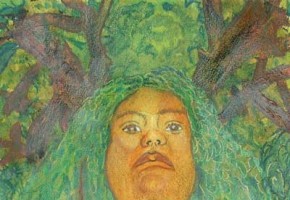
Penduline Reading Series, April 30th
Come to Common Grounds Coffeehouse on Wednesday, April 30th at 7:30 p.m. for the sixth installment of the Penduline Reading Series. The evening will feature new work by Portland writers Laura Green, Nina Rockwell, Jenny Forrester, Meg Weber, Bonnie Ditlevsen, and Linda Rand. Common Grounds serves beer, wine, teas and coffees as well as delicious […]
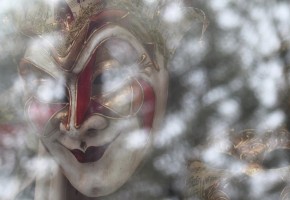
Penduline Presents: An Evening of Flash Prose, Wednesday, February 26th
Portland-area writers Gina Williams, Ben Ferguson, Jennifer Fulford, and Issue 6 contributor Brad Garber will join Penduline editor Bonnie Ditlevsen for an evening of short prose, sudden poetry, and flash memoir. The event will take place on Wednesday, February 26th at 7:30 p.m. at Common Grounds Coffeehouse (www.commongroundspdx.com). [Photo: “Joker” by Issue 4 Featured Artist […]
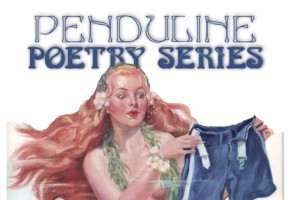
Penduline Poetry Series
Penduline Press is pleased to welcome Irish poet and Issue 9 contributor Susan Millar DuMars for a special reading in Portland on Wednesday, March 5th. Joining Susan will be Pacific Northwest poets Linda Rand, Carole Murphy, Pattie Palmer-Baker, Emily Newberry, Kristin Roedell, and Marjorie Power. The event begins at 7:30 p.m. at Common Grounds Coffeehouse, […]
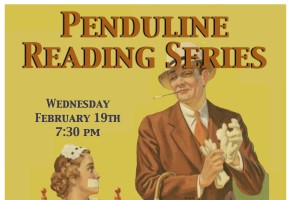
Penduline Reading Series, Wednesday, January 22nd
Come to Common Grounds Coffeehouse on Wednesday, February 19th at 7:30 p.m. for the fourth installment of the Penduline Reading Series. The evening will feature new work by writers Wayne Gregory, Kate Dreyfus, Jessica Starr, Laura Green, and Nina Rockwell. Common Grounds serves beer, wine, teas and coffees as well as delicious sandwiches and snacks. […]
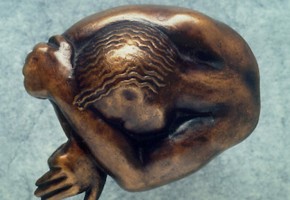
XXXIX Pushcart Prize Nominees
We are pleased to nominate the following writers for the Pushcart Prize: Dave Lordan, “It’s Only Make Believe” and “Everlasting Love” Nathan Leslie, “Baby Carrots in Two Hundred and Forty-Four” Raul Palma, “Sweet Hash” Congratulations to you, Dave, Bernise, Kevin, Sharon, Nathan, and Raul! Sculpture by Issue 10 Featured Artist Marian Fountain, “One Tremor” (8 […]
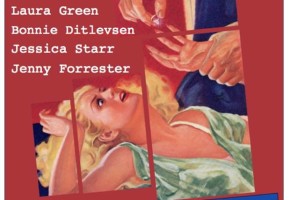
Penduline Reading Series: Poetry, Prose, and Wayward Writers
In conjunction with Penduline Press, Common Grounds Coffeehouse, 4321 SE Hawthorne Blvd. in Portland, will be hosting a regular reading series on Wednesdays. On Wednesday, December 4th at 7:30 p.m., Penduline will present its first-ever Penduline Poetry Series, featuring new work by Portland poets Kate Dreyfus, Jenny Forrester, Sherri Streicher, and Bonnie Ditlevsen. Come to […]
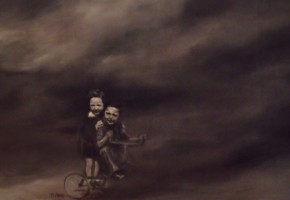
Best of the Net 2013 Nominees
Bruce Sydow, “R&R in Sydney, 1970” (Issue 8) Kevin Higgins, “Poem In The Manner of The Late Kevin Higgins” (Issue 9) Abby Oliveira, “Freedom Fighters” (Issue 9) Kit Fryatt, “I Find” (Issue 9) Chris Joyner, “Why She Wrestles” (Issue 8) Timothy Marsh, “Uncle Mike” (Issue 6) Anthony Isaac Bradley, “Diary of a Sex Doll” (Issue […]
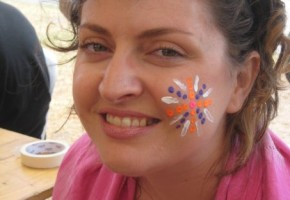
Zoë Meager is Regional Winner, 2013 Commonwealth Short Story Prize
Issue 7 and 8 Contributor Zoë Meager of New Zealand is the Pacific Regional Winner of the 2013 Commonwealth Short Story Prize for “Things with Faces.”
“Intangible keepsakes – sounds, images, feelings – piece together the memory of a childhood. From a wild landscape, a creature comes forth to live with people, while in return a father is swallowed whole, disappearing past the edges of the known world. As a family lives its life, each learns what it is to seek comfort and to love fiercely, and that those are instincts of not only humans, but other animals too.
“I’m so lucky to be included in the shortlist for such a well-respected competition, and it’s incredibly fortifying to win the Pacific regional prize. It’s a thrill to think that ‘Things With Faces’ is contributing to this unique collection of imaginative works from all around the world.”
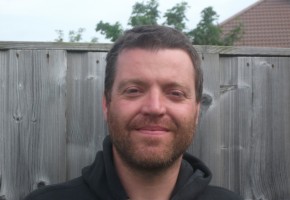
Penduline Welcomes Guest Editor, Poet Dave Lordan
Award-winning Irish performance poet and author Dave Lordan (davelordanwriter.com) will be guest editing Issue 9 of Penduline, an Irish-themed issue, which will launch in late spring 2013. Dave is known in Ireland and internationally for his richly provocative, philosophical, experimental literary work; along with performance poetry, he has written three books. His collections are the The Boy in The Ring (2007) and Invitation to a Sacrifice (2010), both published by Salmon Poetry, and his newest work, a collection of short fiction stories First Book of Frags (Wurm Press, forthcoming November 2012). As a lead-in to the late spring issue, Penduline editors Sarah Horner-Olson and Bonnie Ditlevsen will feature Dave in Issue 8 (“Bound”) and publish one of his newest experimental fiction stories.
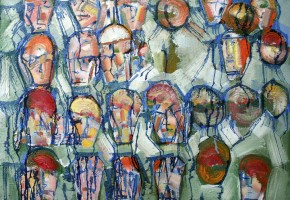
Best of the Net 2012 Nominees
Daniel Coshnear, “hicksley.elizabeth@hotmail.com” (Issue 4)
Michelle Joy, “The (Empty) Road” (Issue 5)
Ann Batchelor Hursey, “What Lay Open” (Issue 5)
Brendan Regan, “Country Satori” (Issue 5)
Tim Kahl, “Submission Story” (Issue 4)
John Aylesworth, “For the young woman who kills snakes and works at Tractor Supply” (Issue 5)
Lisa Sinnett, “Meant to Disturb” (Issue 2)
James Russell, “The Camp Seminole Wiener Wall” (Issue 4)
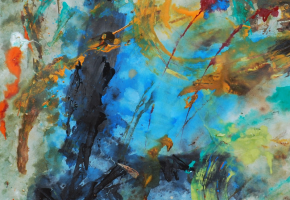
Pushcart Nominees
We are delighted to announce our nomination of the following Penduline authors for Pushcart Prizes: Donald Dewey, “Till’s Piano Lesson” (Issue 4); Duy Nguyen, “Thousand-Year-Old Eggs” (Issue 4); Dave Lordan, “A Bone” (Issue 6); Scott Jessop, “Mephisto” (Issue 4); Ariel Gore, “Family” (Issue 3); Tom Barlow, “Jester” (Issue 5). Congratulations and best wishes to you, […]
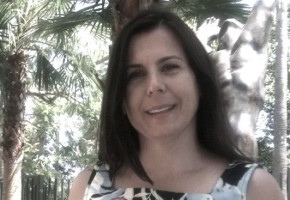
One Year of Penduline: Meditations on a Dastardly Theme
We create an online presence for artists and writers by bringing them to anyone with Internet access. We curate, we communicate, we improve the field and the craft by bringing about exposure. It’s a lucky thing to be published somewhere. And the good luck all rubs right back off onto us.
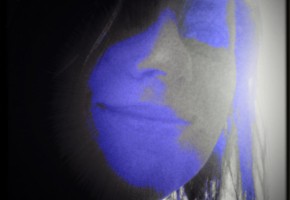
An Evening at Richard Hugo House
Seattle-based writer and fellow Penduline Issue 1 contributor Jenny Hayes (pictured, left) was among those in the audience that evening. Her reaction? “We were all so excited for Jenny, ready to cheer her on no matter how it went. And she killed it!”
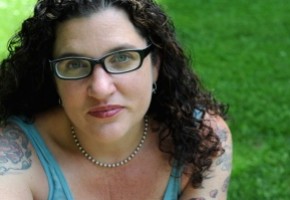
Why Penduline Magazine? A Shout-Out to Ariel Gore
We don’t ever get to thank our teachers enough, but by dedicating Issue 1 to Ariel, it’s a small thank you for her light, her contributions to art and literature, and her careful guidance of writers in many places around the world.

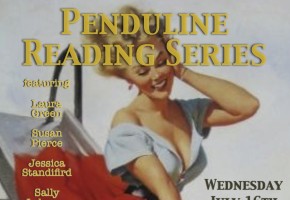
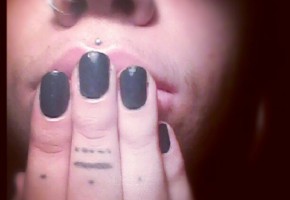
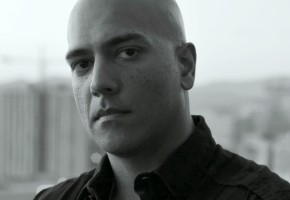
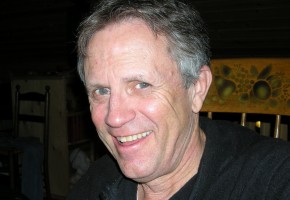
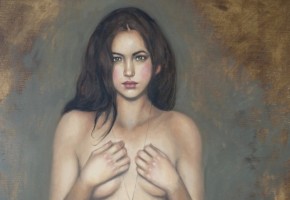
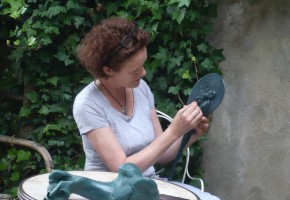
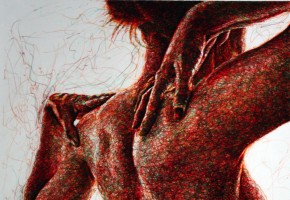
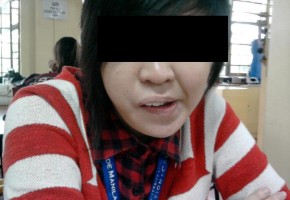
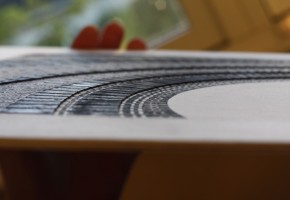
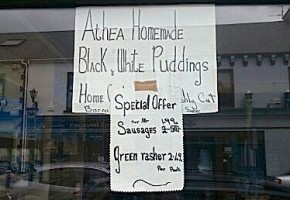
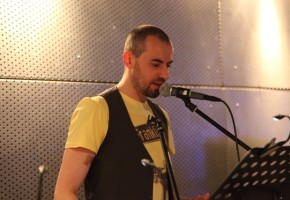
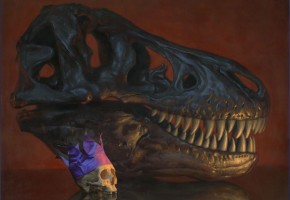
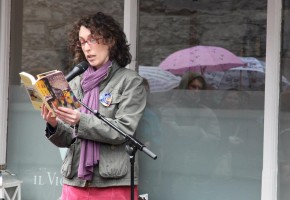
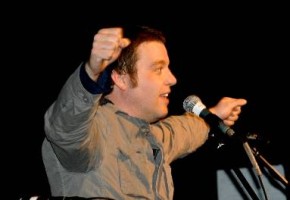
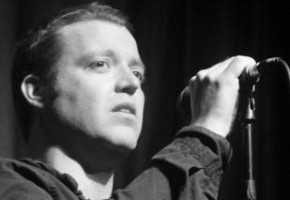
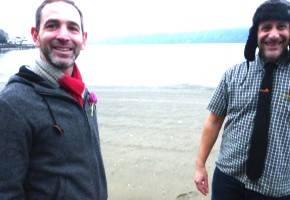
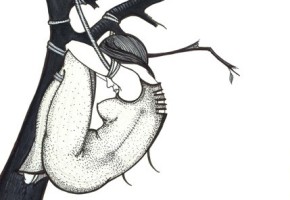
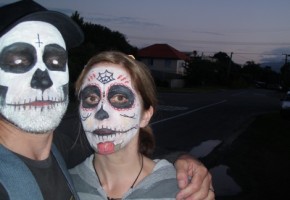
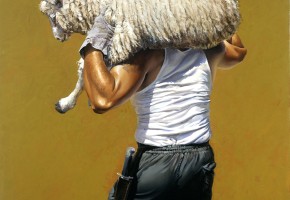
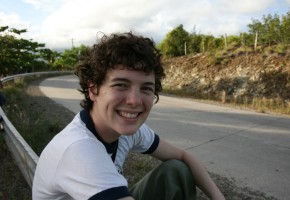
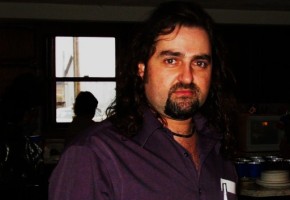

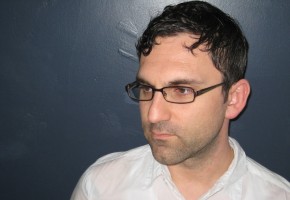
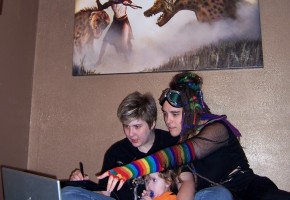
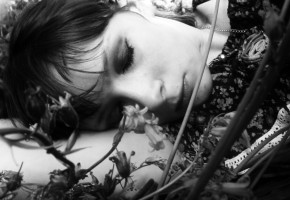
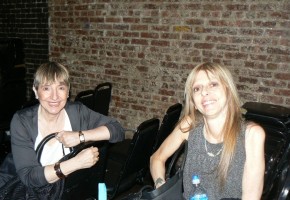
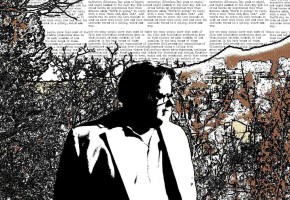
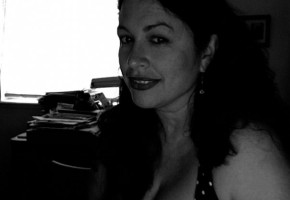
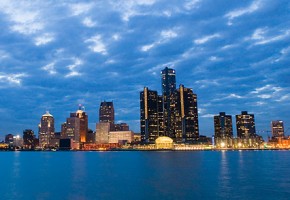

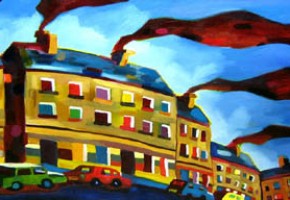

Stay in touch